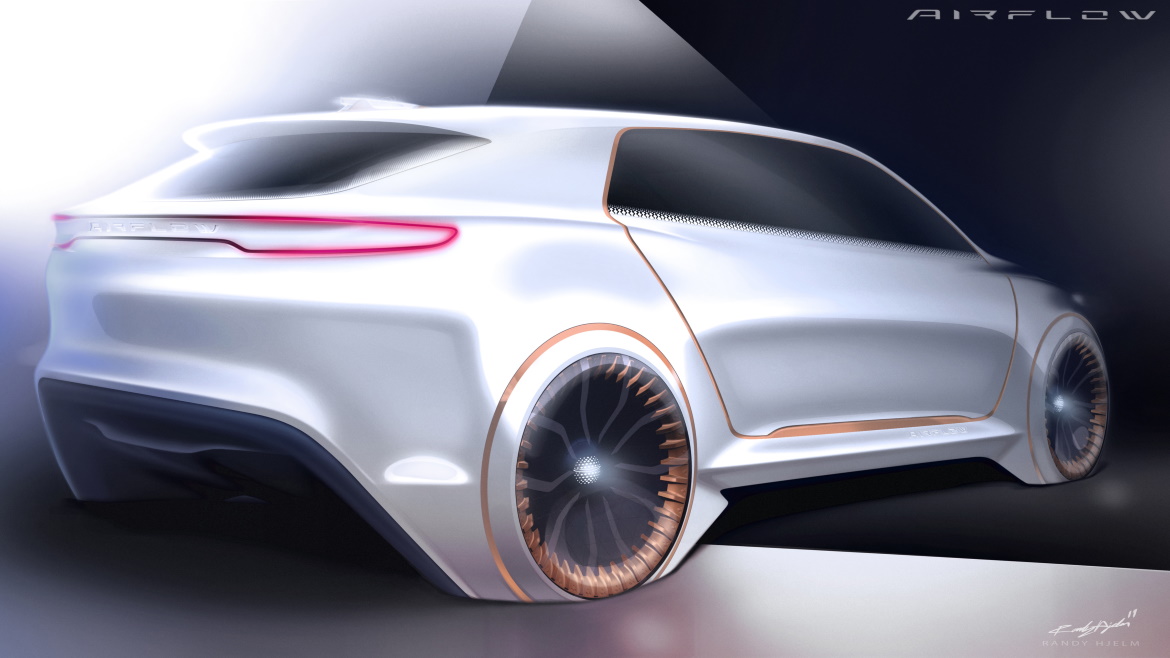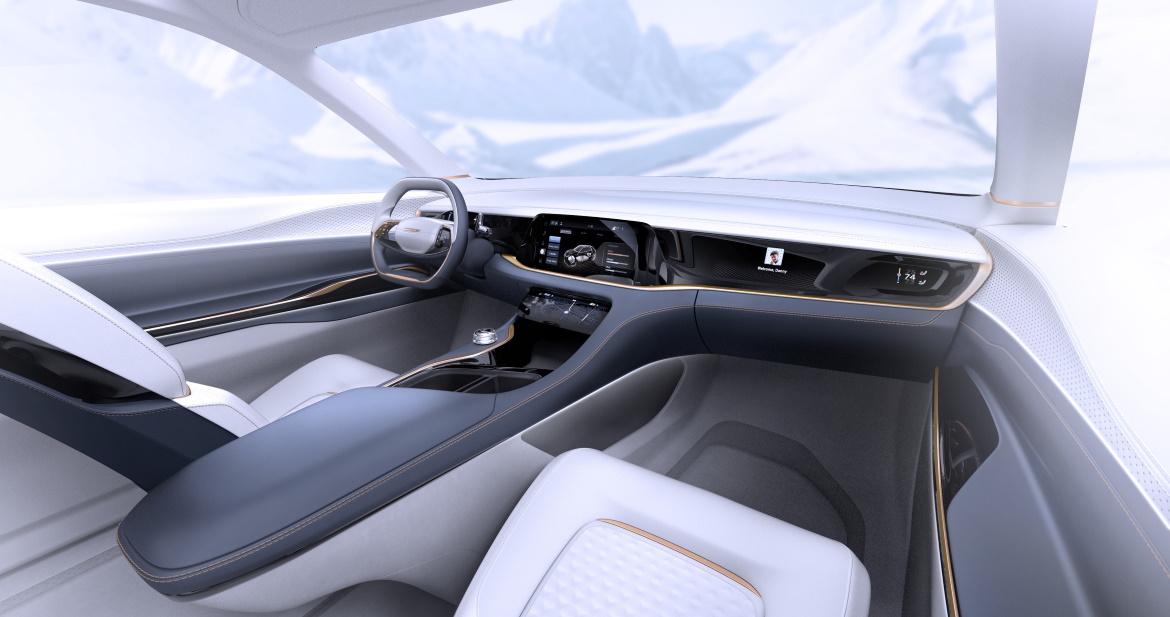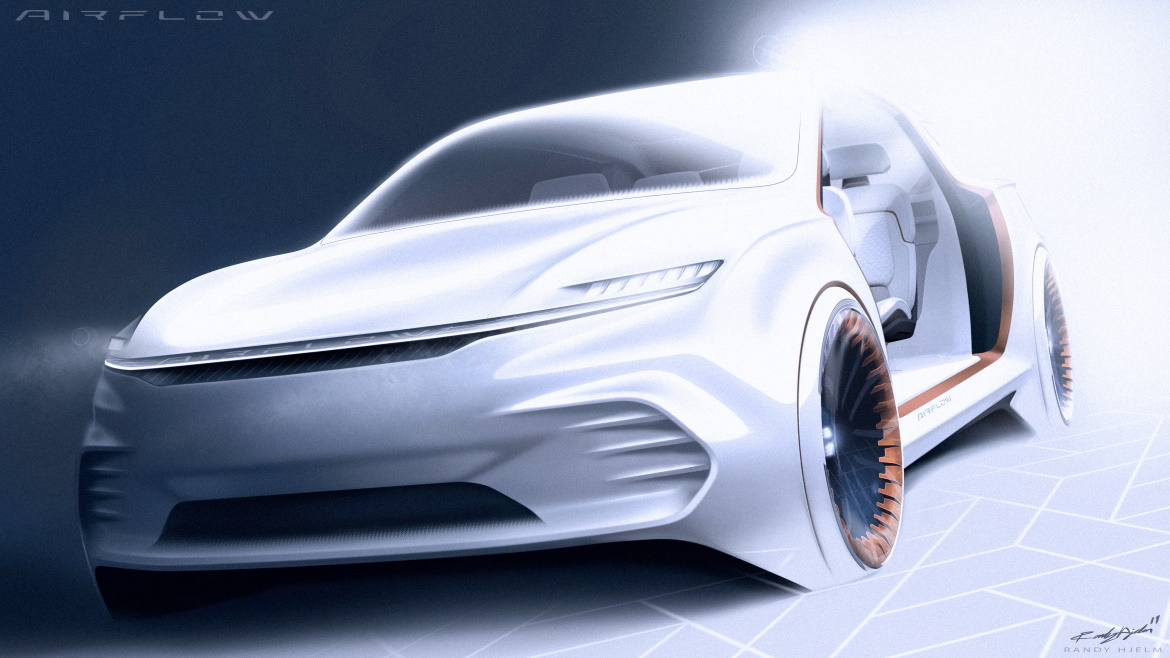The Fca Group chooses the Consumer Electronic Show in Las Vegas to present its latest innovations in terms of mobility and technology. In addition to the new 4xe logo that will equip the electrified Jeeps, the Italian-American group presents the Airflow Vision concept: based on the Chrysler Pacifica platform, the prototype anticipates Fca’s idea of what the next generation of premium vehicles and the User Experience (UX) will look like, starting from the consideration of how drivers and passengers interact with advanced technologies. The soft, wind-drawn lines and the car’s name refer to the 1934 Chrysler Airflow, the first car to be designed following aerodynamic principles.
Outside, the Airflow Vision captures a new proportion with an elegant and clean design statement, and hints at the future of premium design. It features an athletic profile, long wheelbase, sleek lines and wide stance that creates a dramatic persona and aggressive, yet elegant silhouette. Simplified to its purest artistic expression, the Airflow Vision reimagines a muscular body that flows into and becomes one with the wheels. The wheels are inspired by mechanical elements of an electric motor and give the sense of motion similar to the internal mechanisms of a watch.
A simple, modern and spacious interior, accented by a light, calming color palette, offers passengers a home away from home environment and a first-class travel experience. Using the dimensions and flat load floor of the Chrysler Pacifica PHEV, the interior creates a spacious environment for all occupants. Premium suede and leather materials are abundant, offering luxurious touchpoints to its occupants. Seating uses a unique slim structure that rests on a pedestal base, enhancing comfort and roominess and allowing for maximum legroom, shoulder space and personal storage for each passenger. Functional and ambient lighting enables the driver and passengers to create a personalized inner sanctum.
Inside, UX plays a prominent role and is designed to be a captivating experience using multi-layered, high-contrast graphics and thoughtful details that provide a clean, sophisticated appearance. Built on the principles of depth, hierarchy, consistency and legibility, the user will be able to see and experience the interface in a way that is safe, easy to use and understand. Using a menu-based format, screens can be personalized, simplified and grouped to individual needs and interests. Offering multiple display screens, the user can access needed information and determine how it’s displayed. Information on the screens can be shared with all passengers by swiping, allowing each passenger to participate in the experience. Customization and personalization are key, whether driving or acting as a co-pilot.














